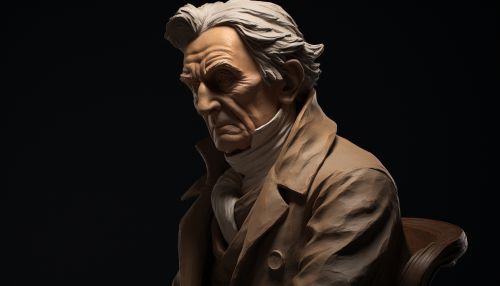Carl Friedrich Gauss
Early Life and Education
Carl Friedrich Gauss was born on April 30, 1777, in Brunswick, a city in the Duchy of Brunswick-Lüneburg, in what is now Germany. He was the only child of poor parents, Gebhard Dietrich Gauss and Dorothea Benze. Gauss's intellectual abilities attracted the attention of the Duke of Brunswick, who sent him to the Collegium Carolinum (now Braunschweig Technical University) at the age of 15, and later to the University of Göttingen from 1795 to 1798.
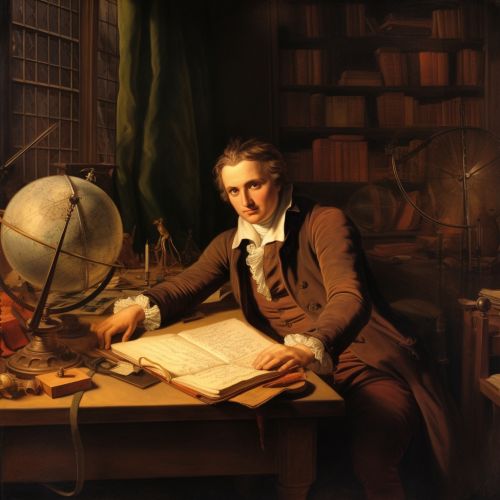
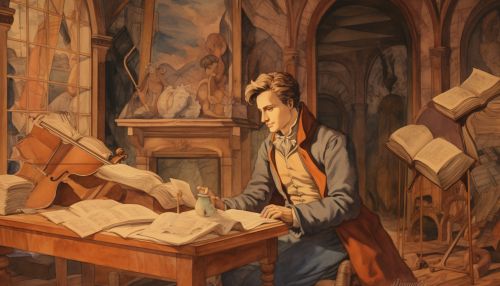
Mathematical Achievements
Gauss's work in mathematics covers a broad spectrum of topics, including number theory, algebra, statistics, analysis, differential geometry, geodesy, geophysics, mechanics, electrostatics, astronomy, and optics.
Number Theory
Gauss's doctoral thesis was a groundbreaking work in the field of number theory. His notable contributions include the proof of the fundamental theorem of algebra and the introduction of Gaussian integers, complex numbers of the form a + bi where a and b are integers.
Statistics
In statistics, Gauss introduced the concept of the normal distribution in his work "Theoria Motus Corporum Coelestium". This concept is fundamental in the field of statistics and is often referred to as the Gaussian distribution.
Geometry
Gauss made significant contributions to the field of geometry. He developed the intrinsic definition of curvature, which led to the formulation of the Gauss-Bonnet theorem, a key result in differential geometry.
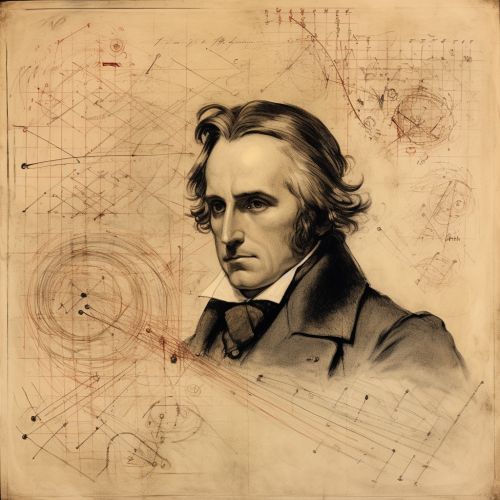
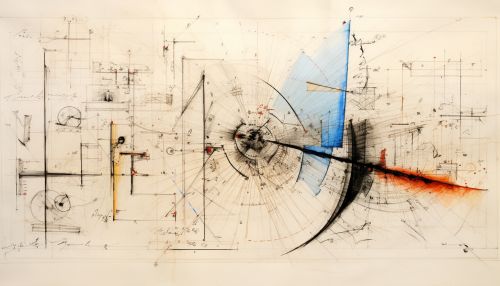
Contributions to Physics
Gauss's contributions to physics are as significant as his contributions to mathematics. He made significant contributions to the fields of electromagnetism and optics.
Electromagnetism
In electromagnetism, Gauss formulated Gauss's Law, which is one of the four Maxwell's equations that form the foundation of classical electrodynamics, optics, and electric circuits.
Optics
In optics, Gauss developed a mathematical theory of the camera obscura, a device that projects an image of its surroundings on a screen.
Later Life and Legacy
Gauss died in his sleep on February 23, 1855, in Göttingen, Hanover (now part of Lower Saxony, Germany). His brain was preserved and was studied by Rudolf Wagner, who found its mass to be slightly above average. Gauss's contributions to science and mathematics have been instrumental in shaping the course of scientific thought and research.

